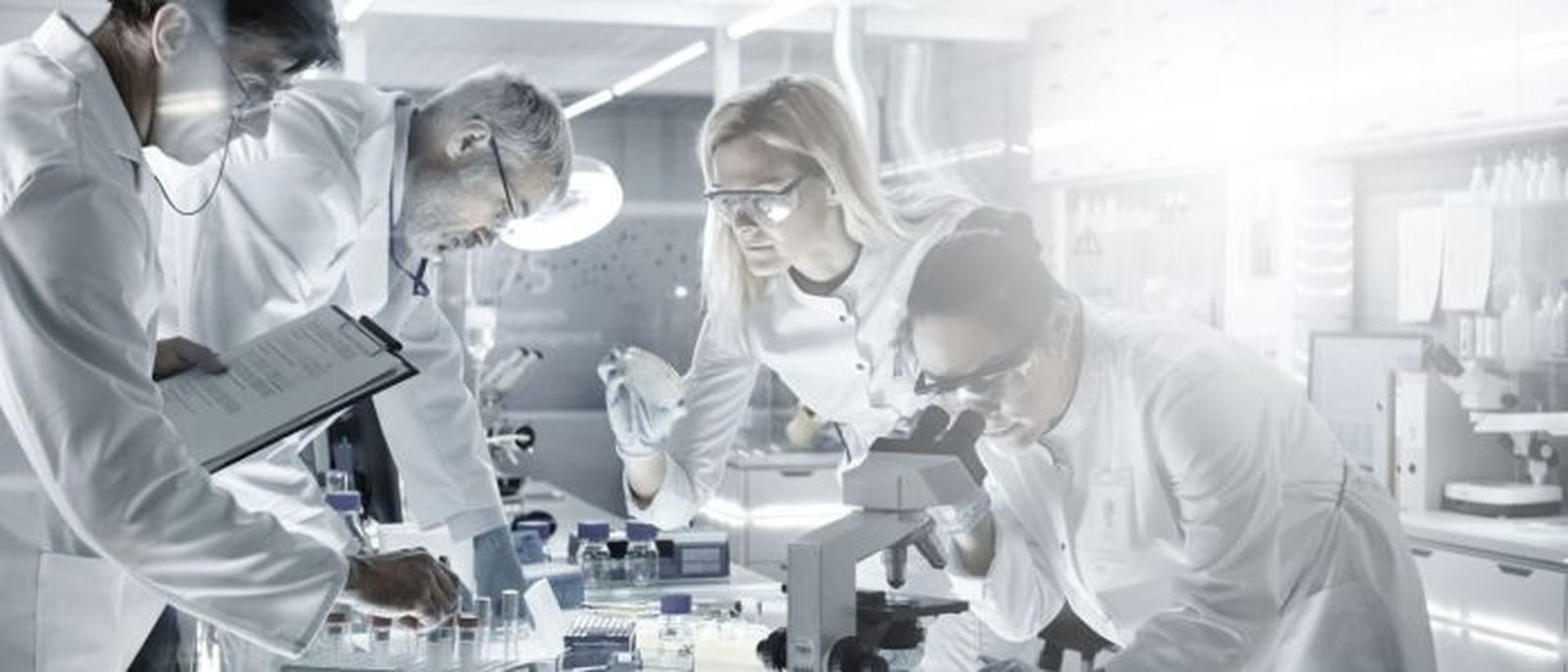In the recent days, the number of cosmetic products available for children has constantly increased. Infants are more sensitive than children over 3 years and adults to certain toxic effects of substances. In addition, their levels of exposure might be higher due to different physiological characteristics and behaviors.
For these reasons, the safety evaluation of a cosmetic product is the key factor for the formulation and release onto the market of safe products for infants.
Among the characteristics to take into consideration we can find the following.
SELECTION OF INGREDIENTS
The presence of allergens in perfumes or essential oils should be minimized in the finished product or at least remain below the limit defined in Annex III of the regulation.
Preservatives should be used at the lowest concentration necessary to ensure the preservation of the product.
Substances of very high concerns, endocrine-disrupting substances, CMR substances should be avoided in cosmetic formulations for infants.
SAFETY EVALUATION
For products likely to be applied on the buttocks, it is recommended to apply the precautionary principle of 100% dermal absorption when calculating the systemic exposure dosage.
For all other leave-on products, while calculating the Margin of Safety (MoS), it is recommended to consider a theoretical dermal absorption of 100% in cases where data on dermal absorption is not available or is only estimated from modelling.
Due to the lack of available experimental data for the calculation of MoS for rinse-off products, a retention factor of 10% should be considered, except when the manufacturer has carried out specific testing.
Because of mouthing, children can be exposed orally to products which adults are only exposed dermally, and therefore a specific assessment for children could include more exposure scenarios.
MICROBIOLOGY QUALITY
Microbiological specifications for cosmetic products intended to be used on sensitive body parts and on specific age groups should be carefully evaluated, especially for products intended to be used on mucous membranes, products which could be in contact with the eyes and products intended to be applied to irritated skin.
The total viable count for aerobic mesophilic micro-organisms should not exceed 10² CFU/g or 10² CFU/mL of the product. Pseudomonas aeruginosa, Staphylococcus aureus and Candida albicans should not be detectable in 1 g or 1 mL of the product. Standard ISO 21148 (General Instructions for Microbiological Examinations) should be applied, i.e. to perform the microbiological tests in samples of at least 1 g or 1 mL of test product.
PRODUCT PACKAGING
The characteristics of packaging materials in direct contact with the final product might determine the safety of the cosmetic product. For this reason, the safety assessor must establish the safety of the packaging based on a study of its design, composition, compatibility with the formulation.
The packaging should be designed to avoid risks associated to the design of cosmetic products packaging that are inherent to the behavior of infants such as ingestion of product or small parts of the container, aspiration of liquids, etc. A closure system that prevents infants from accessing the contents of the container should be needed. Also, glass container must be avoided as well as containers that look like foods. Containers made to look like toys must be used but the must comply with applicable rules governing the safety of toys as well as applicable rules on cosmetics products.
If you are struggling with the safety of your products for infant, Shapypro can help you. Do not hesitate to contact us!
Contact us for further information:


